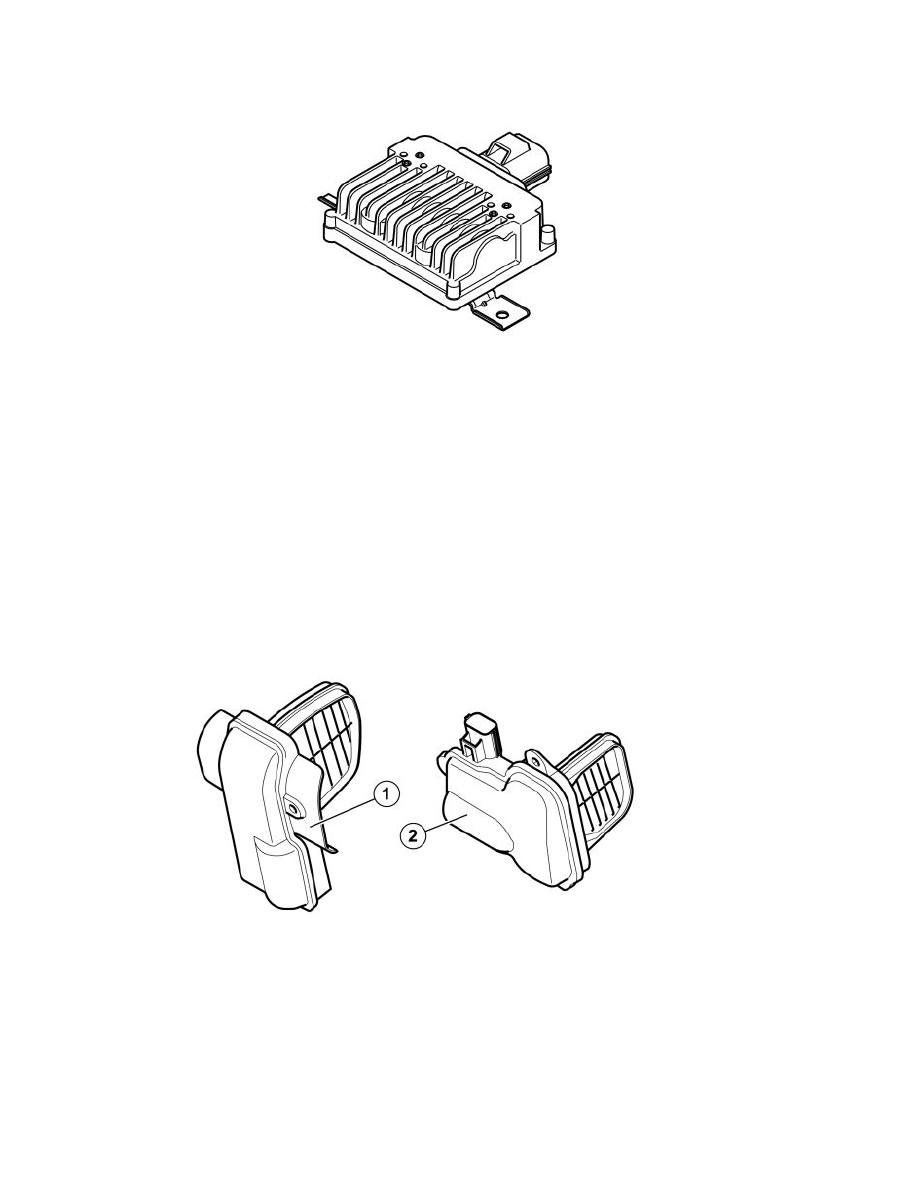XC70 AWD L6-3.2L VIN 98 B6324S (2009)

The pressure in the fuel rail can be measured by connecting a manometer to a service nipple. This nipple is on the right-hand end of the fuel rail.
Fuel pump control module
The fuel pump control module is called PEM (Pump Electronic Module). It powers the fuel pump and regulates the output of the pump. The fuel
pressure changes with the output of the pump.
The fuel pump control module is supplied with battery voltage by the fuel pump (FP) relay and is grounded in the car body. The fuel pump (FP) relay is
controlled by the central electronic module (CEM) when requested by the engine control module (ECM).
The engine cannot be started if the power supply to the fuel pump control module is faulty because the fuel pump will not then be powered.
The fuel pump control module is controlled by the engine control module (ECM) via serial communication. The fuel pump control module then controls
the fuel pump by transmitting pulse width modulated (PWM) voltage on the ground lead for the fuel pump. This means that the voltage drop across the
pump changes, and with it the output of the fuel pump. See also: Function See: Powertrain Management/Computers and Control Systems/Description
and Operation/Engine Control Module (ECM)/Function
There are no diagnostics for the fuel pump control module. The engine control module (ECM) has diagnostics for fuel pressure regulation and the
associated components. See also: Fuel pressure regulation, diagnostics See: Powertrain Management/Computers and Control Systems/Description and
Operation/Fuel Pressure Regulation, Diagnostics
The pulse width modulated (PWM) signal from the engine control module (ECM) to the fuel pump control module can be read off using the diagnostic
tool.
The fuel pump control module is on the outside on the right-hand side of the fuel tank.
Actuator variable intake manifold
1. Primary actuator with throttle (upper)
2. Secondary actuator with throttle (lower)
The function of the actuators is to vary the length of the intake manifold, via throttles installed in the intake manifold.
The actuators are supplied with voltage from the system relay via fuse and ground (control) internally in the engine control module (ECM).
See also Function See: Powertrain Management/Computers and Control Systems/Description and Operation/Engine Control Module (ECM)/Function
The actuators for variable intake can be diagnosed by the engine control module (ECM).
The actuators are bolted directly to the intake manifold.
Cam profile solenoid (CPS)
